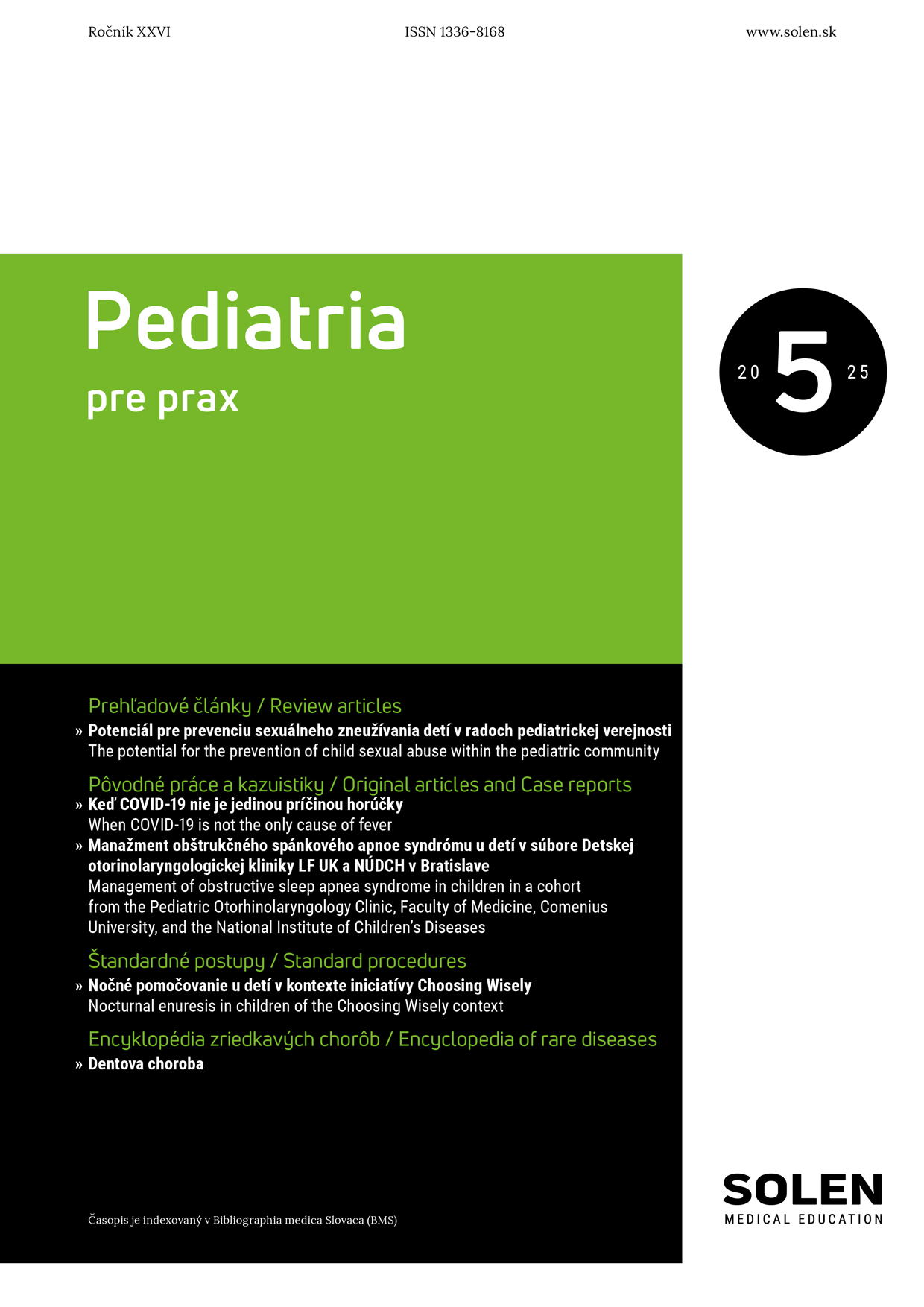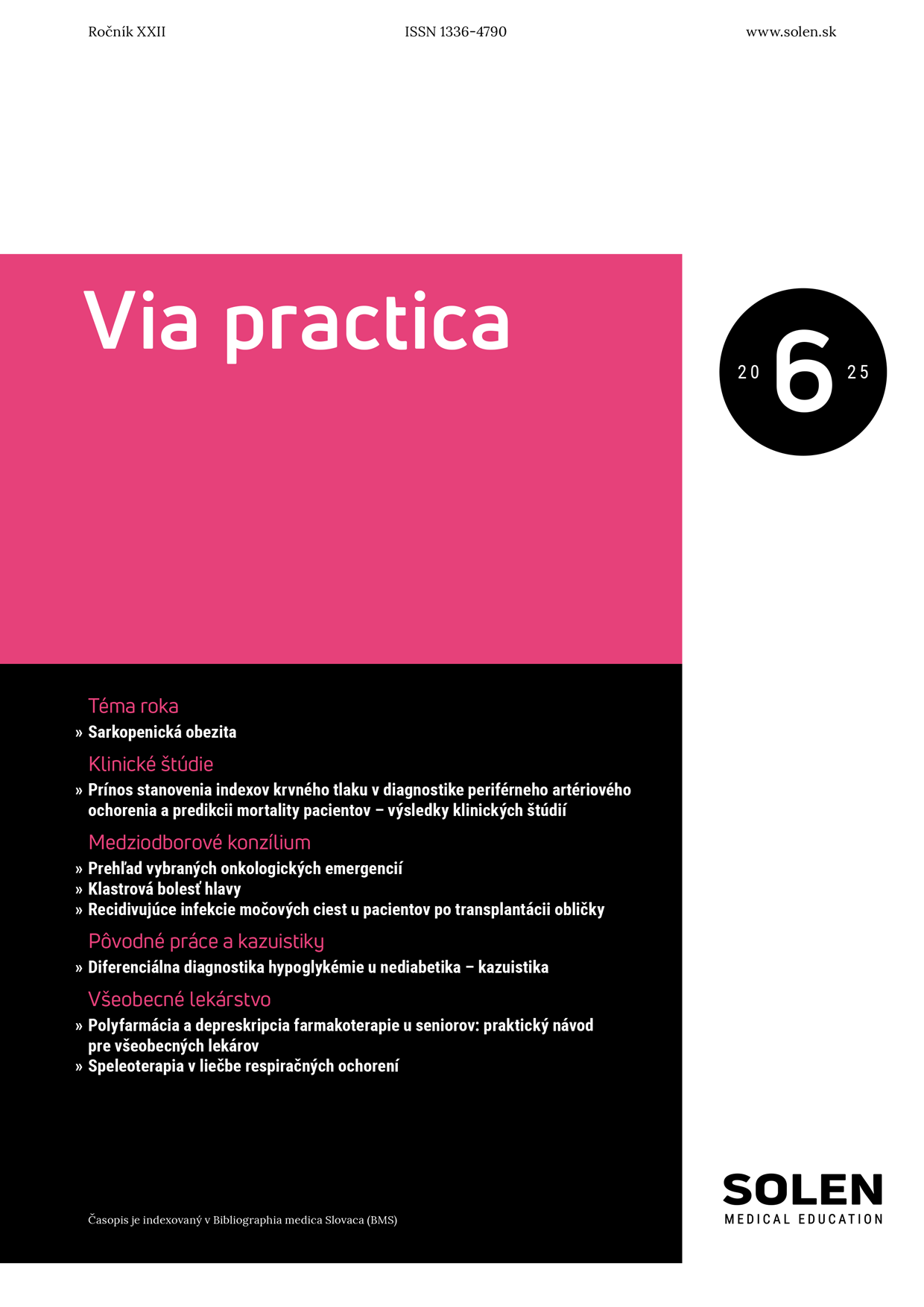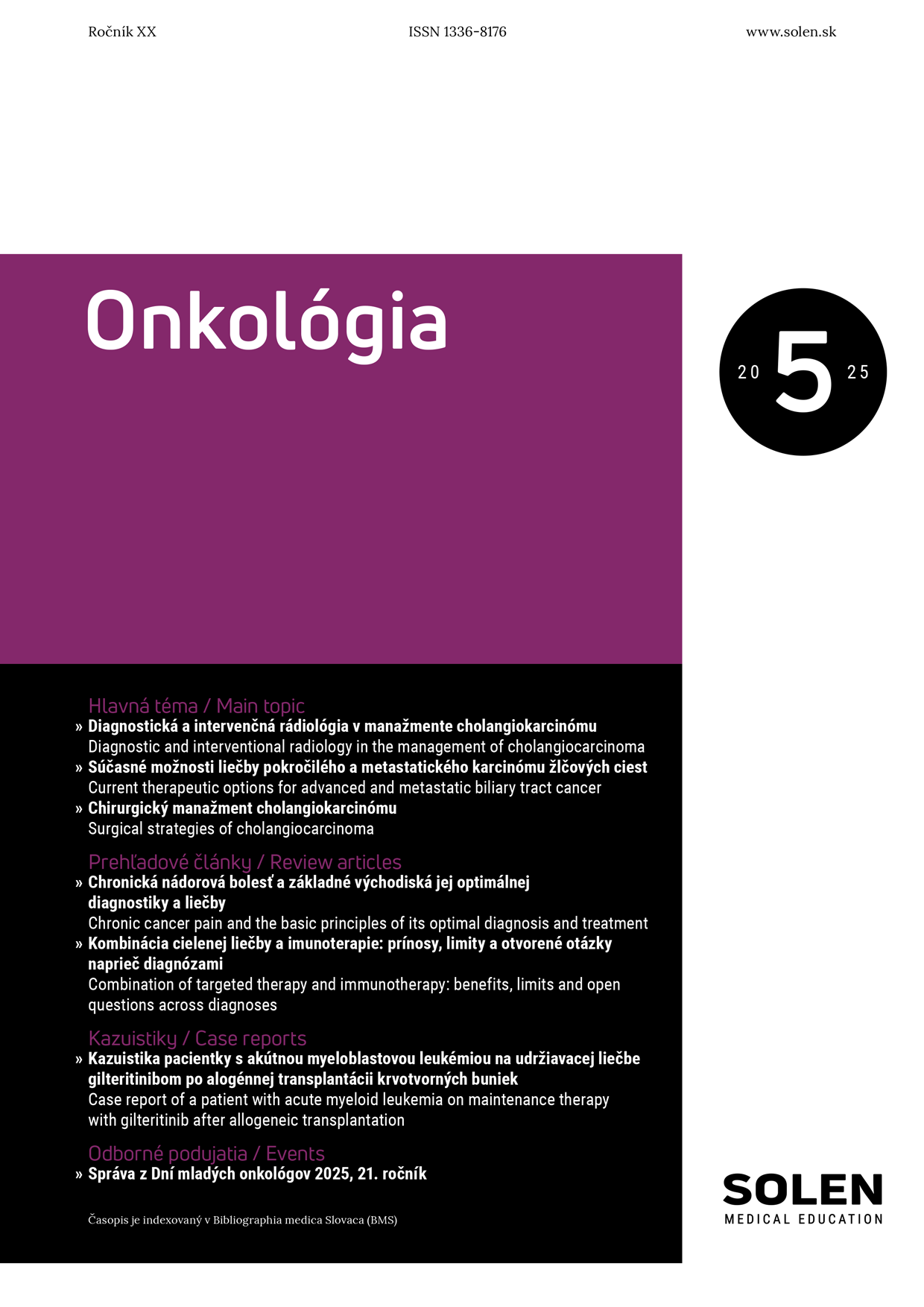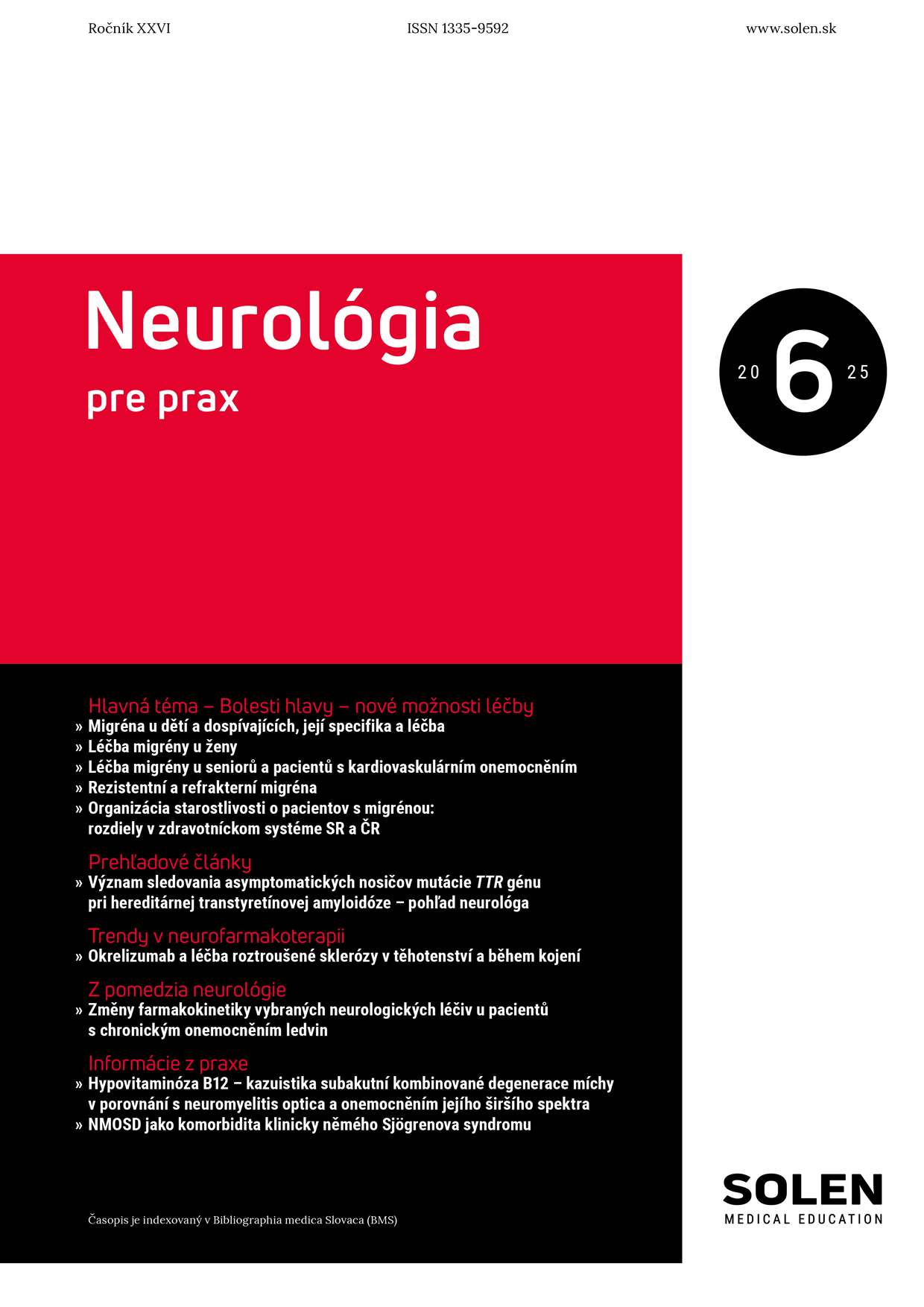Neurológia pre prax 3/2015
Mozgová smrť – medicínske aspekty, legislatívne normy v Slovenskej republike
doc. MUDr. Peter Valkovič, PhD., MUDr. Jana Martinková, PhD., MUDr. Martin Chrastina, PhD., MUDr. Miriam Cingelová
Smrť jedinca bola ešte do polovice minulého storočia vnímaná až po zástave srdca a dýchania. S rozvojom resuscitácie, objavením umelej pľúcnej ventilácie a s pokrokom transplantácie sa koncept smrti zmenil a za smrť býva považovaný aj stav, kedy vymiznú všetky mozgové funkcie vrátane mozgového kmeňa bez ohľadu na pretrvávajúce kardiovaskulárne či iné orgánové funkcie. Stanovenie mozgovej smrti nie je celosvetovo uniformné, ale varíruje aj medzi vyspelými krajinami. Slovenská republika uzákonila postup pri stanovení mozgovej smrti koncom sedemdesiatych rokov, ktorý s menšími úpravami platí dodnes. Určenie mozgovej smrti má nielen rozmer etický a právny, pretože determinuje smrť indivídua, ale je aj dôležitým predpokladom na odber a následnú transplantáciu orgánov.
Kľúčové slová: mozgová smrť, stanovenie smrti mozgu.
Brain death – medical aspects, legislative standards in Slovak republic
The death of an individual was considered after cardiac and respiratory arrest till the middle of last century. The concept of death has changed after development of resuscitation, extracorporeal circulation and with progression of organ transplantation. The organism is considered as dead even with the cessation of all brain functions, including the brainstem, irrespective of persistent cardiovascular and other organ functions. The declaration of brain death is not uniform worldwide, but varies between developed countries. Slovak republic enacted the algorithm of brain death declaration in the late seventies and is still valid until today. The determination of brain death has not only ethical and legal importance eventhough it is an important prerequisite for the organ removal from deceased heartbeating donors for transplantation purposes.
Keywords: brain death, declaration of brain death.

















